I recently reviewed eight books for the naturalist on your holiday list, covering topics from de-extinction to domestication, from mussels to manatees. But I have a special love of fish books, so here are additional picks for all the fish nerds.
Whether you’re an angler, a shark fan, a field guide enthusiast, or lover of biodiversity, I hope there is something here that you’ll enjoy. And, as always, leave your own suggestions in the Comments section.
-
Back Seat with Fish: A Man’s Adventures in Angling and Romance
By Henry Hughes (Skyhorse Publishing)
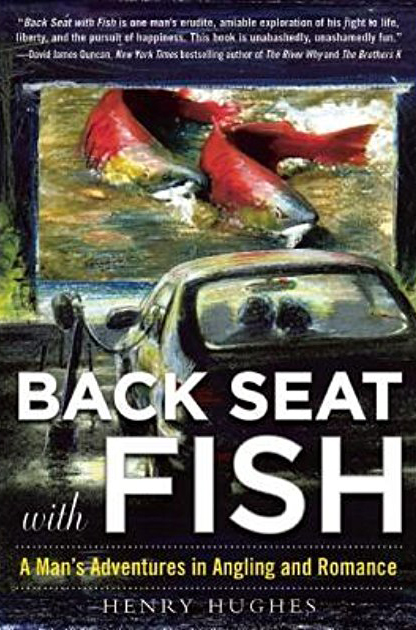
Read many sporting publications, and you get the distinct impression that the fishing “lifestyle” doesn’t include much real life. The fish bums spend all their time fishing, yet somehow own gear worth more than my house. Their world is one of blue-ribbon streams, expensive lodges and fishing all day, every day.
Which is fine for a few professionals, but a bit divorced from reality for the rest of us. I’m heartened, then, at the appearance of recent fishing books written by hard-core enthusiasts who fish when they can, where they can, for what they can. And fishing is a part of the fabric of their lives, not an activity that takes place solely “out there.” I am thinking of books like Stephen Sautner’s Fish On, Fish Off and Mark Spitzer’s Beautifully Grotesque Fish of the American West (both reviewed this summer on Cool Green Science).
To that list I’ll add Henry Hughes’ wonderful Back Seat with Fish, a memoir of obsessive angling that takes place amidst family, friends, work, loss, academics, partying and romance (lots of romance). The result is a far richer fishing life than anything I’ve seen portrayed in a glossy fly fishing magazine. It’s at times hilarious, at times heartbreaking, filled with both fishing triumphs and failures, all captured beautifully through Hughes’ prose.
Hughes fishes anywhere he can, not excluding urban parks and canals in China and polluted streams in the Midwest. It’s an approach to fishing, and life, I heartily endorse.
I can’t recommend this book highly enough. I couldn’t stop reading it, and I find myself going back to savor specific stories and passages. If you have a true fishing fiend on your list, you can’t go wrong with this excellent book.
-
The Fishes of Pennsylvania
By Jay R. Stauffer Jr., Robert W. Criswell and Douglas P. Fischer (Cichlid Press)
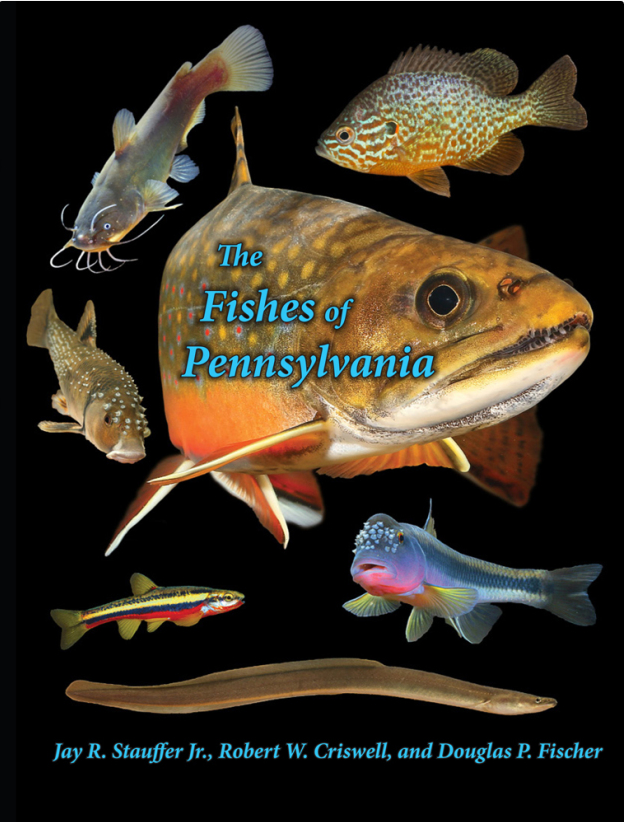
This massive tome covers every fish in Pennsylvania, large and small, abundant and extirpated, native and introduced. Each species account includes identifying characteristics, distribution and habitat, biology, conservation status, range maps and excellent photos.
As the authors of this volume note, fishing is an extraordinarily popular pastime in the Keystone State, with nearly 1.3 million anglers (nearly equal the entire population of Idaho, where I reside). But I suspect many of those anglers have no idea of the fish diversity residing in the streams and rivers where they cast their lines. This book aims to provide an appreciation for those overlooked fishes. The identifying information is thorough enough so that anyone – whether a hard-core life-listing angler or a kid with a net – can identify even seemingly obscure minnow species.
It’s a fish nerd’s dream book. I wish every state had a guide this thorough and exhaustive.
-
Field Guide to the Fishes of the Amazon, Orinoco and Guianas
By Peter van der Sleen and James S. Albert (Princeton University Press)
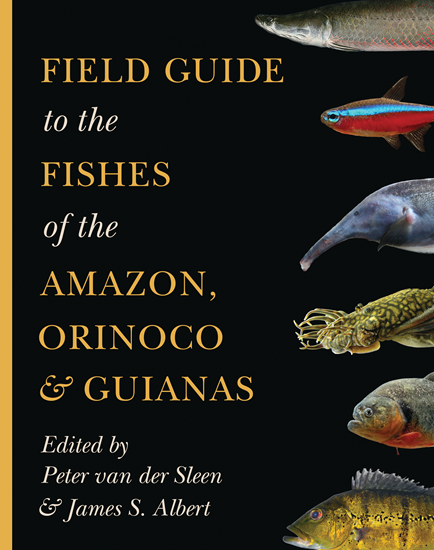
I love field guides. I have field guides that are tattered and torn from years of travel and hard use. I also admittedly have field guides on my shelf that might be handy in preparation for real or theoretical future trips. Hey, you never know when you might need to identify an Arctic rodent. And should I ever take that dream trip to fish the Amazon…well, now I’ll have the book for that.
Completing such a field guide had to be an arduous undertaking. The Amazon Basin has 3,000 (and counting) identified fish species. As the preface notes, a field researcher (or angler, or aquarist) confronting colorful but subtly different cichlids in the past had to consult volumes of scientific literature.
This book offers an incredible starting point for identifying this astounding freshwater diversity. Of course, new species are still being discovered, and featuring each individual species is impractical. The book identifies each Amazon fish to the genus level. It contains useful information, identification keys, and lists of resources to help in more detailed identification.
And even if you don’t plan to collect fish in the Amazon, this is a beautiful field guide just to have as a celebration of the world’s astounding biodiversity. I received an advanced copy, with the edition available mid-month. For the fish enthusiast who has everything, this would make an excellent library addition.
-
Sharks of the Shallows: Coastal Species in Florida and the Bahamas
By Jeffrey C. Carrier. Photographs by Andy Murch, Jillian Morris and Duncan Brake (Johns Hopkins University Press)
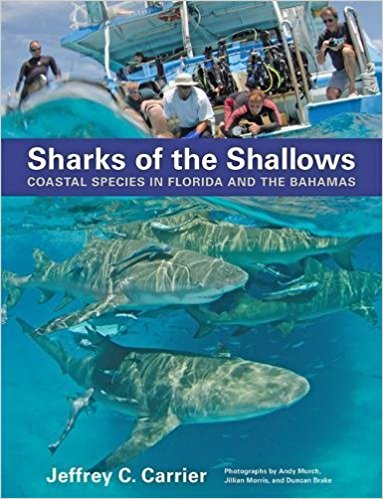
While sharks inhabit ocean environments around the globe, few places are home to such a diversity of shark species as the shallow waters of Florida and the Bahamas. Since this area is also one of the world’s most popular tourist destinations, it’s where many people will experience shark encounters.
This is the perfect guide. With beautiful underwater photography and great shark illustrations, it is also one of the better books for any shark lover on your list. It covers 22 shark species and 10 ray species in detail, including identification, range and distribution, life history, interactions with humans and conservation.
The introductory material is one of the best overviews of shark natural history and the issues facing sharks I have read. Written by shark researcher Jeffrey Carrier, the book is also scientifically rigorous and highly readable without ever being sensational. As with all Johns Hopkins University Press books, the photographs are top notch and the design is beautiful enough to sit on your coffee table.
-
The Sea Forager’s Guide to the Northern California Coast
By Kirk Lombard (Heyday Books)
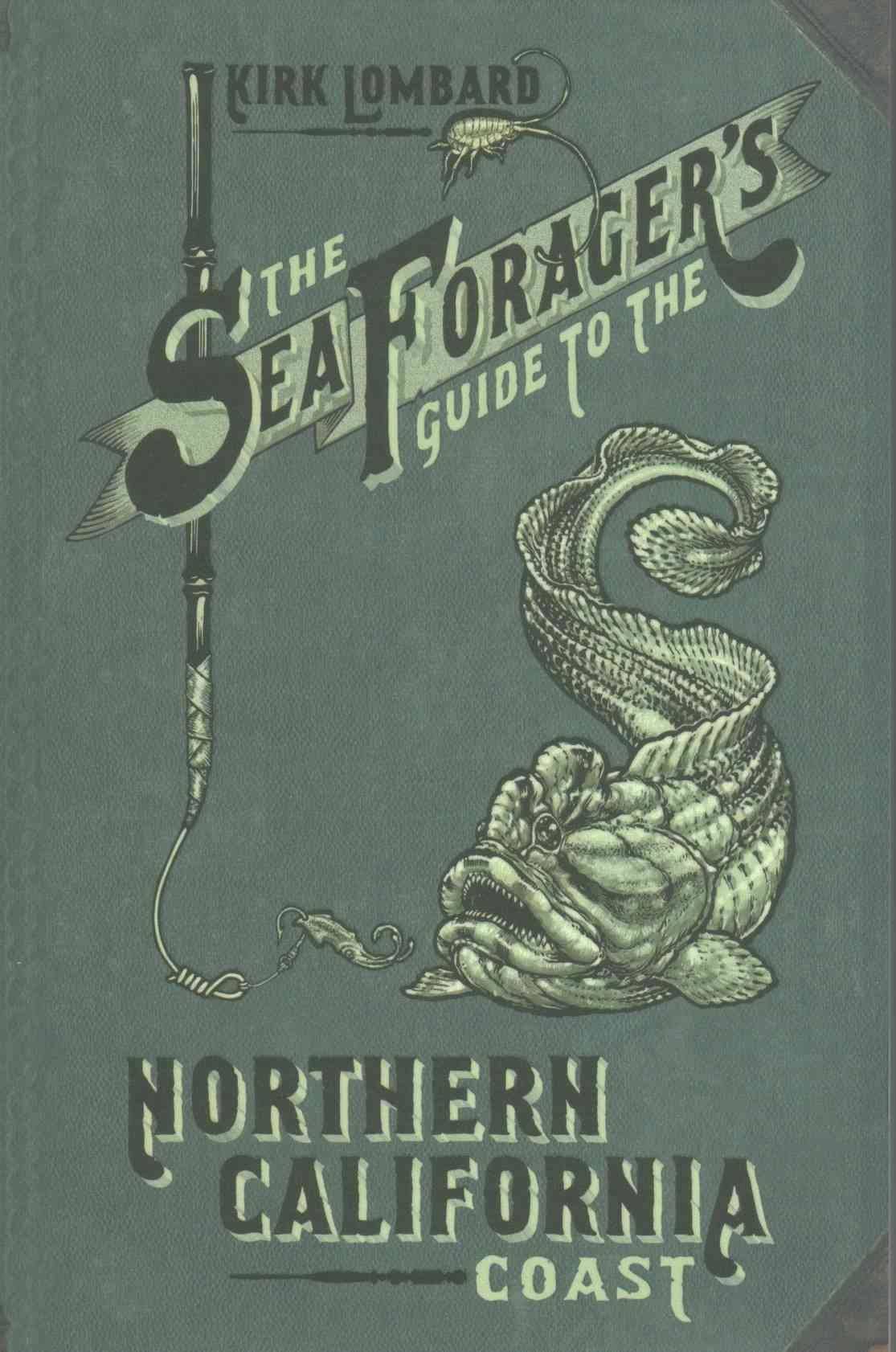
Kirk Lombard envisions an “intertidal citizenry” – one where coastal people don’t just live on the coast, but also are part of the food web. I absolutely love this enthusiastic, eclectic book that has plenty of information on coastal fish and fishing, as well as gathering shellfish, crabs and seaweed.
It is filled with practical advice on everything from poke poling for monkeyface pricklebacks to digging clams. But it’s also entertainingly written and a testament to the wild food abundance of the coast. So often, we think of a hunter-gatherer as living in the wilderness, but in reality this lifestyle can be practiced fairly easily in saltwater environments, even near some of the most populated regions on earth.
This book made me want to explore the Pacific Coast with my fishing rod. It made me want to stick my face in tidepools. It made me want to meet Kirk Lombard.
And even if you live far from the coasts, if you have any interests in wild food or thoughtful interactions with nature, read this book. It’s a gem.
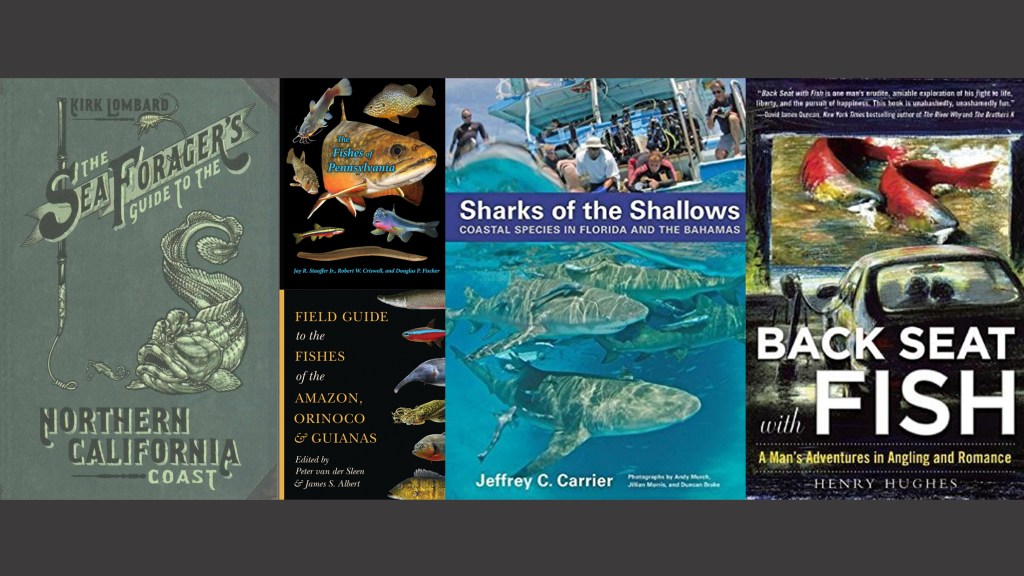



What about this fish book:
“A Life Among Fishes: The Art of Gyotaku” 2017
by Christopher M. Dewees
Goff Books